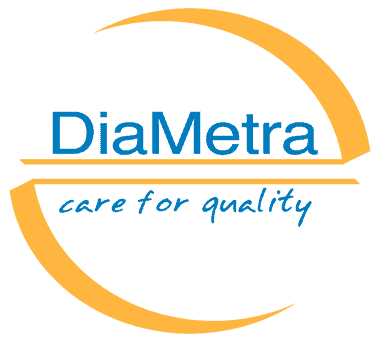Key Features and Values
– Same sample type can be used across all assays to simplify inclusion into routine serology work-up
– Ready to use reagents reduces hands-on time for assay preparation
– Long shelf life cost-effective solution by reducing wastage due to expired kits
– Suitable for inclusion on automated plate systems simplifies scale-up of test volume
– Supported by a complete panel of assays for supporting treatment monitoring of several forms of hormonal dysfunctions
Product Description
Competitive immunoenzymatic colorimetric method for the quantitative determination of free Cortisol concentration in Urine. Urinary Cortisol ELISA kit is intended for laboratory use only
Scientific Description
Cortisol determinations are used in the assessment of adrenocortical function and other disturbances of the HPA axis.
Publications
1. David W., The Immunoassay Handbook. Third Edition. D.Wild (Ed.) Published by Elsevier Ltd. 2005
2. Rossi GP., Seccia TM. and Pessina AC., ‘Clinical use of laboratory tests for the identification of secondary forms of arterial hypertension’. Crit Rev Clin Sci, 44(1), 2007, pp 1-85
3. Nieman LK., Biller BMK., Findling JW., Newell-Price J., Savage MO., Stewart PM., and Montori VM., ‘The diagnosis of Cushing’s syndrome: an endocrine society clinical practice guideline’. J Clin Endocrinol Metab, 93, 2008, pp 1526-1540
4. Ceccato F, Boscaro M. Cushing’s Syndrome: Screening and Diagnosis. High Blood Press Cardiovasc Prev. 2016 Sep;23(3):209-15
5. Luo A, El Gierari ETM, Nally LM, Sturmer LR, Dodd D, Shi RZ. Clinical utility of an ultrasensitive urinary free cortisol assay by tandem mass spectrometry. Steroids. 2019 Apr 2;146:65-69

